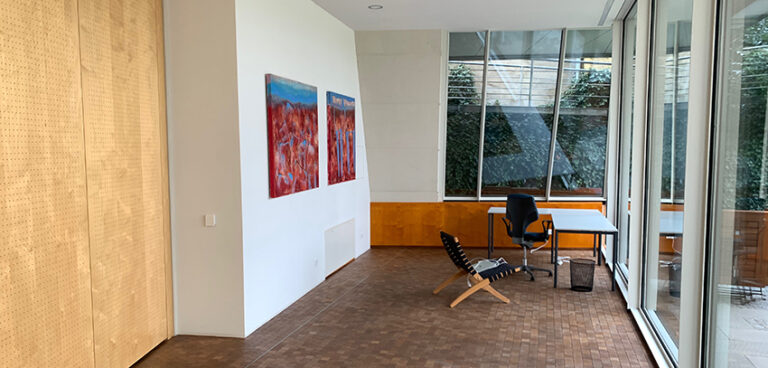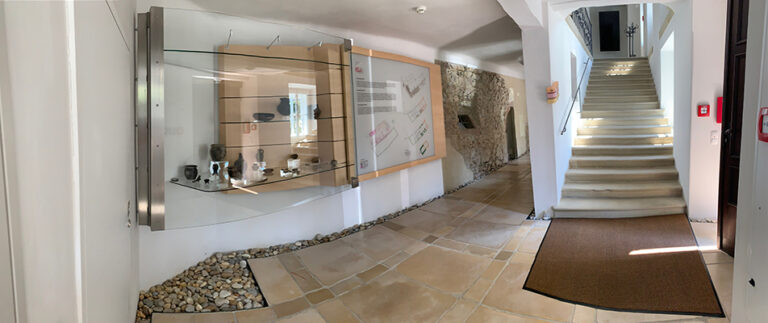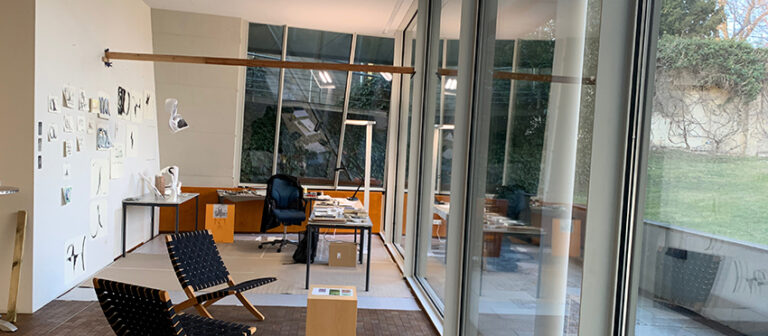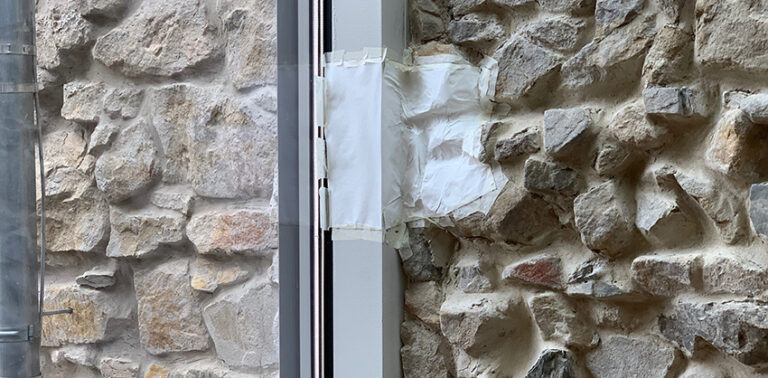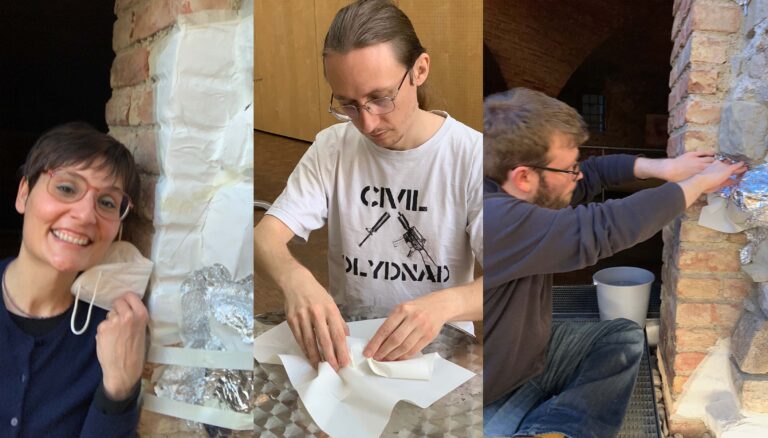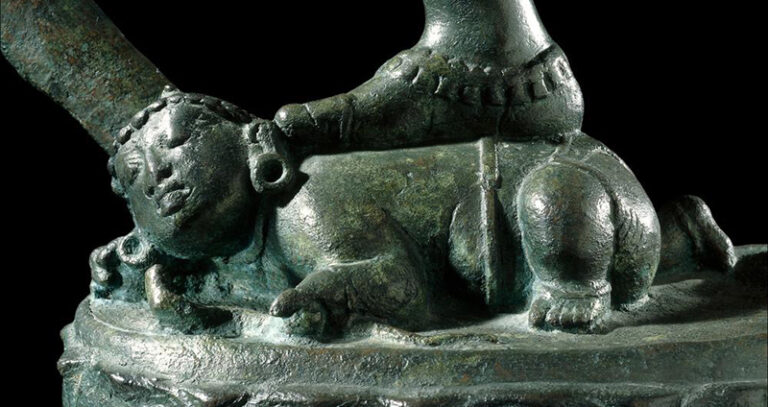Week 5: February 19 - 25
Group activities
xxxx
Some conversations:
xxxx
Questions:
xxxx
Experiments:
xxxx
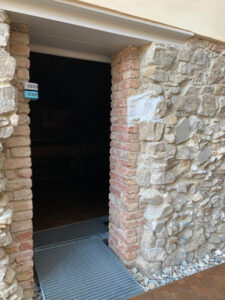
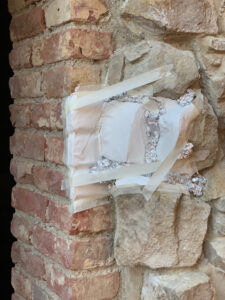
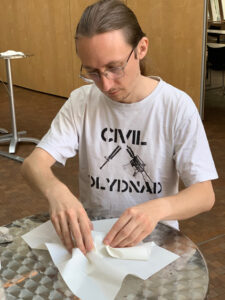
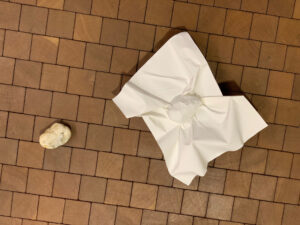
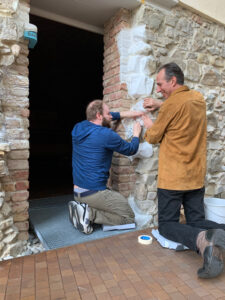
The doorway.
Settling on the doorway as the next area of testing and exploration with the mapping-molding process defined a turning point. Half or more of the Fellow interviews had been completed and I had heard the word ‘shrink’ mentioned about my interviewing methods.
Things were changing. My presence and engagement level as a newcomer to the KLI community rapidly becoming more intimate. Asking Mustafa for the ‘eimer’ (bucket) to soak the paper, leaving materials about in the atrium was an intrusion or shift of the status quo. What would the Director, Gerd think? I had been expressing so much appreciation for the way in which the building’s origins, history and design underscored the Institute’s mission, that I was nervous about ‘messing’ with it. The support staff, Mustafa and his wife, Vaheeda as well as Victoria (title?) worked hard to keep every inch immaculate. Cleaning my watercolor palette in the bathroom sink felt like a violation. I made sure to police every drop of pigment. I also bought brown paper and plastic sheeting to cover the whole working area of my studio to guard against accidental spills.
What if I was to be remembered for having to replace whole sections of the beautiful surface and texture of the end-grain cedar blocks? The stone walls were even dust free and the thought of marking them accidentally was uppermost as I proceeded to engage with the structure and surfaces of the building. I was asking myself, ”Am I allowed to do this? Do I need permission? What is off-limits?’
One day Guido arrived as I was testing the paper application process and called from the bridge above me in the Atrium loudly proclaiming ‘ I love it, I love it” in his mellifluous Italian accent and I took this as a vote of confidence, which I’m sure he intended it to be.
Location: The paper on the doorway that connects the contemporary conference and study areas to both the dark vaulted understructure of the 14th cent building and the Cantinetta gathering place is an important juncture.
Mapping the stones: Describe the process in some detail. The touching with fingertips
project involves using wet paper and molding it around the foundation rocks, bricks and stones that make up one of the old doorways. The sheet of paper acts as my measurement standard and page by page maps the architecture. Starting next week, individual fellows will work with me to soak the paper and mold it without tearing around a portion of the doorway shapes. This takes some patience, but the action requires maintaining physical contact with each rock surface indentation and erratically angled rocks somewhat in the fashion of a blind person feeling the features of a person’s face. The wet paper wants to fall and has to be encouraged to pleat and compress its sheetlike form in new ways. Tape and tinfoil assist somewhat and the perfectly-imperfect wrapping-mapping of this second skin eventually bonds, conforms and remains suspended. It will be interesting to see how each person interacts with this curious process.
Next week:
xxxx

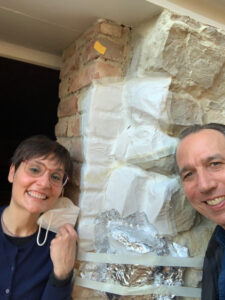
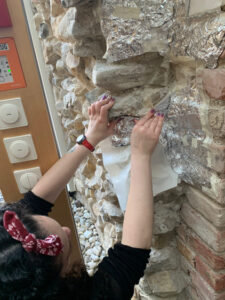
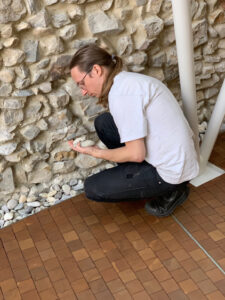

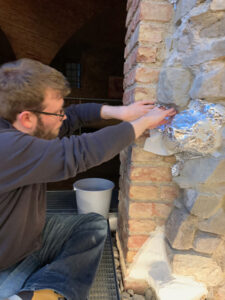
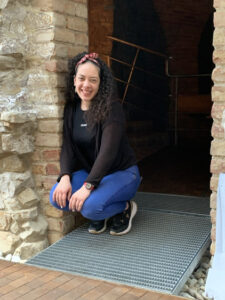


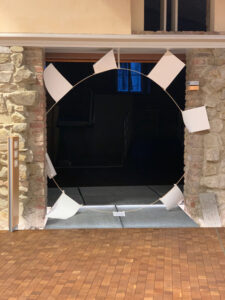
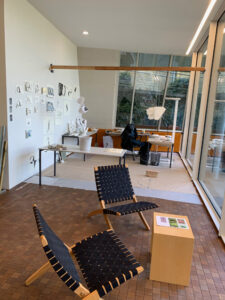
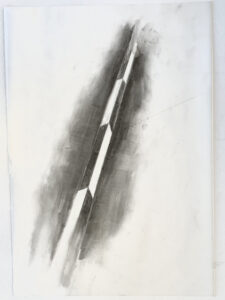
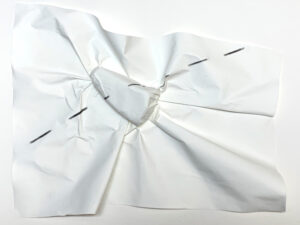
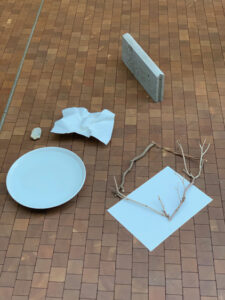

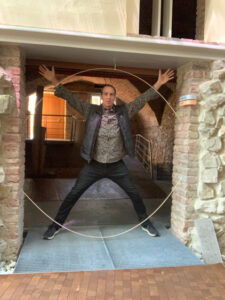
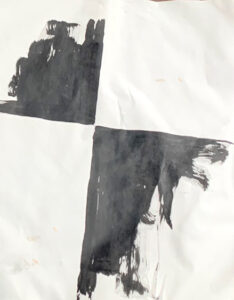
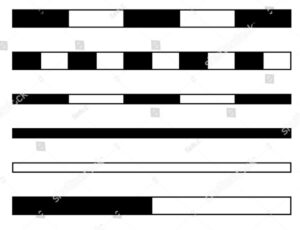
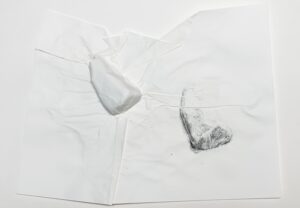
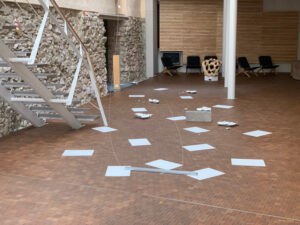
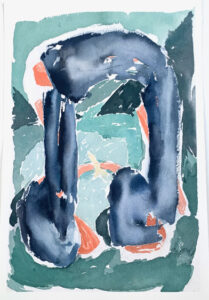

For more about the KLI history follow this link
